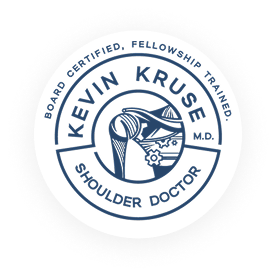What Can Be Mistaken for Shoulder Bursitis?
I would say the number one thing is a rotator cuff tear. The symptoms of shoulder bursitis and rotator cuff tears are identical.
A very common misconception is that “Oh, I can still move my arm. There’s no way my rotator cuffs are torn.” That’s false. In 95% of the rotator cuff tears we see, people can still move their arms. The problem is still the same. It’s mild instability of the shoulder, which causes some impingement in both problems secondary to dysfunction of the rotator cuff.
When you get bursitis, it’s weak and not functioning. One has a higher success rate with non-operative treatment than the other. However, they can both be treated non-operatively with different success rates.
It’s hard to tell which one you have unless you go in and see a specialist. It needs to be someone who specializes in shoulders. Even an orthopedist who doesn’t see a lot of shoulders will not be able to get to the bottom of it quickly. The primary care doctor’s job is to get you in to see us so we can figure out the real problem and how to fix it as soon as possible.
Experience professional treatment for shoulder bursitis. See Dr. Kevin Kruse today.

